Stevia vs Sucralose – which is healthier and how are they different? Sarah Bond, vegetarian food blogger and nutritionist, weighs in on what makes these artificial sweeteners different (and which is best)!
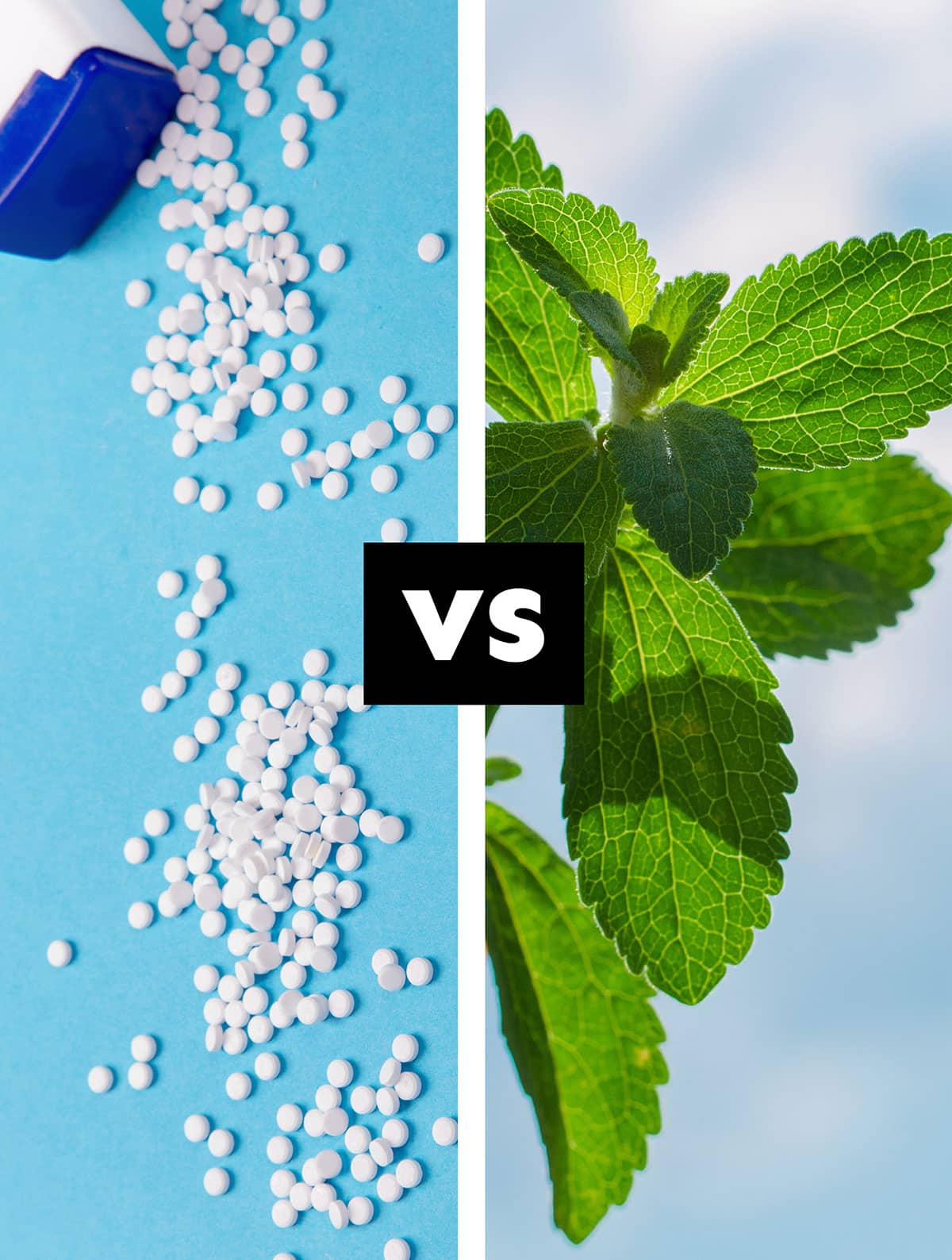
In the world of sweeteners, two contenders have captured the spotlight due to their popularity and unique properties: Stevia and Sucralose.
Stevia is a natural sweetener extracted from the leaves of the Stevia rebaudiana plant, while sucralose is an artificial sweetener created through a chemical process.
In this article, we’ll dive into the history, taste, sweetness, uses, and safety aspects of stevia and sucralose to help you understand their differences and make informed choices about which sweetener is best for you, if any.
History
Stevia: Stevia has a long history of use as a sweetener in South America, particularly in regions like Paraguay and Brazil, where the indigenous people used the leaves of the Stevia rebaudiana plant to sweeten beverages and foods. The plant’s sweetening properties were discovered by Swiss botanist Moisés Santiago Bertoni in the late 19th century. However, it wasn’t until the 1970s that stevia began to gain international attention as a sugar substitute.
Sucralose: Sucralose’s story starts in 1976 when it was accidentally discovered by British researchers while they were investigating potential new insecticides (talk about an ominous start). Sucralose is derived from sucrose, or table sugar, through a process that substitutes three chlorine atoms for three hydroxyl groups. This chemical modification renders sucralose non-caloric and much sweeter than sugar.
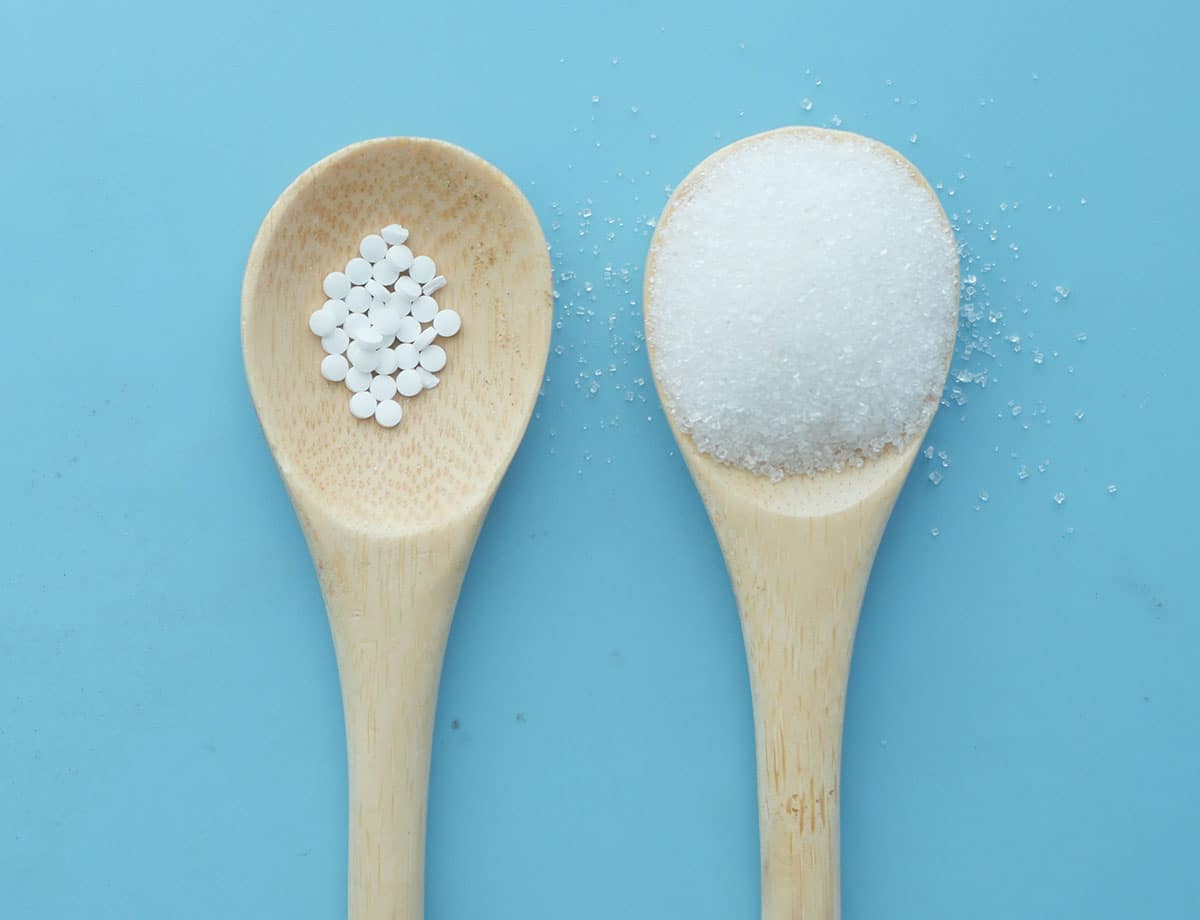
Taste
Stevia: The taste of stevia is often described as having a slight licorice or herbal undertone. Some people find it pleasant and close to the taste of sugar, while others may detect a bitter aftertaste, especially when it is used in higher concentrations.
Sucralose: Sucralose, on the other hand, is known for its clean and sugar-like taste, without any bitter aftertaste. This characteristic has made it a popular choice among those seeking a sugar substitute that closely mimics the flavor of real sugar.
Sweetness
Stevia: Stevia is intensely sweet, with a sweetness level that is estimated to be 50 to 300 times sweeter than sugar, depending on the specific steviol glycoside compounds present.
Sucralose: Sucralose is exceptionally sweet, boasting a sweetness level of around 600 times that of sugar. This high level of sweetness means that only tiny amounts of sucralose are needed to achieve the desired sweetness in foods and beverages.
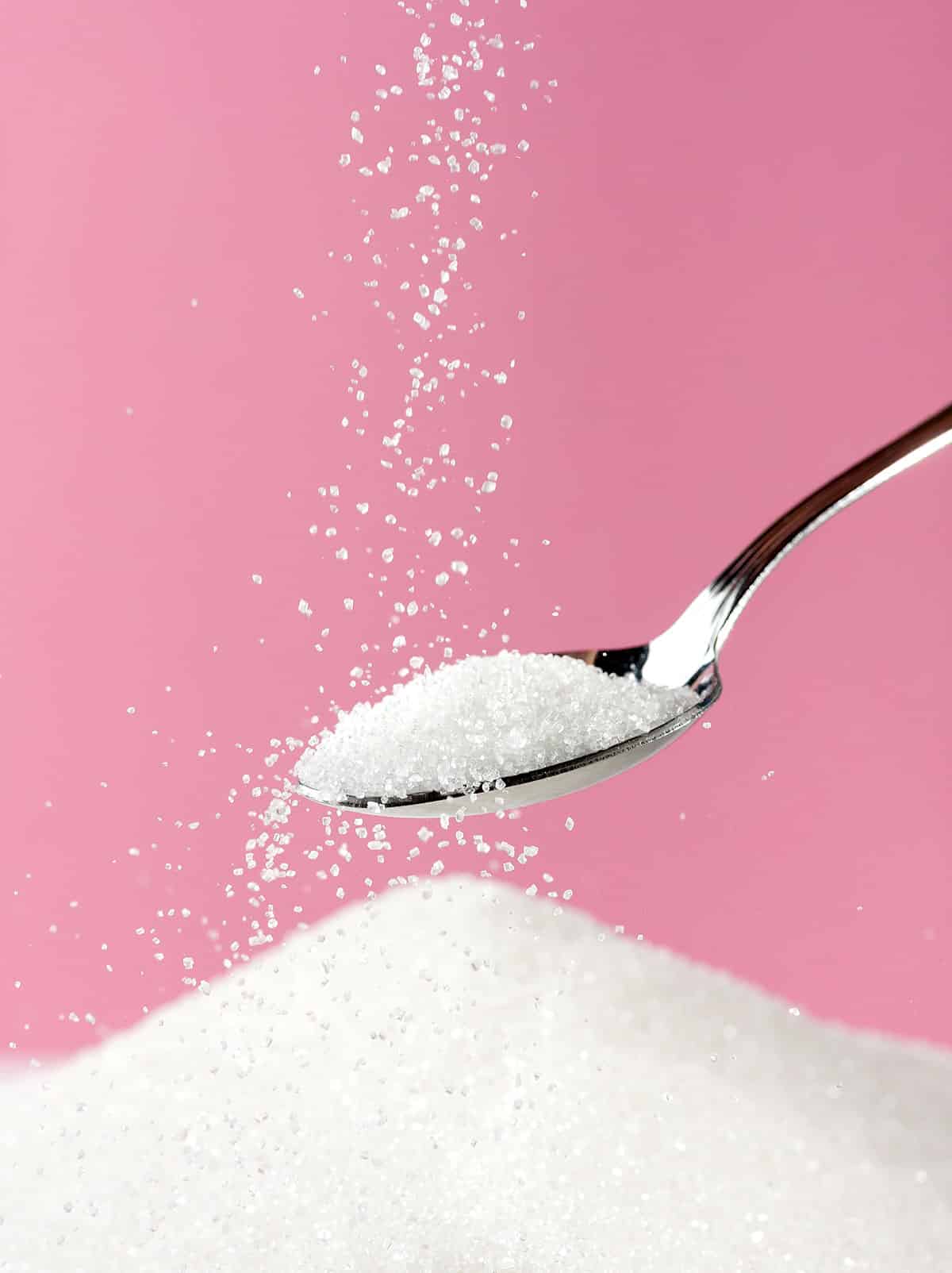
Common Commercial Uses
Stevia: Due to its natural origin and popularity as a sugar substitute, stevia is commonly used in a wide range of products, including soft drinks, teas, flavored water, yogurt, desserts, protein bars, dietary supplements, and numerous packaged foods.
Sucralose: Sucralose’s stability under high heat makes it a favorite for cooking and baking applications. It is frequently used in processed foods, diet sodas, sugar free energy & sports drinks, sugar free juices, beverages, sugar-free chewing gum, and as an ingredient in tabletop sweeteners.
Are they Safe?
Stevia: Stevia has been widely studied for its safety, and major health organizations, including the U.S. Food and Drug Administration (FDA) and the European Food Safety Authority (EFSA), have declared high-purity steviol glycosides safe for consumption. However, it’s essential to distinguish between whole leaf stevia and refined steviol glycosides, as whole leaf stevia may contain additional compounds that require further evaluation.
Sucralose: Sucralose is also considered safe for consumption by several regulatory authorities, including the FDA and the EFSA. Numerous studies have been conducted to assess its safety, and it has been approved for use in various food and beverage products around the world.
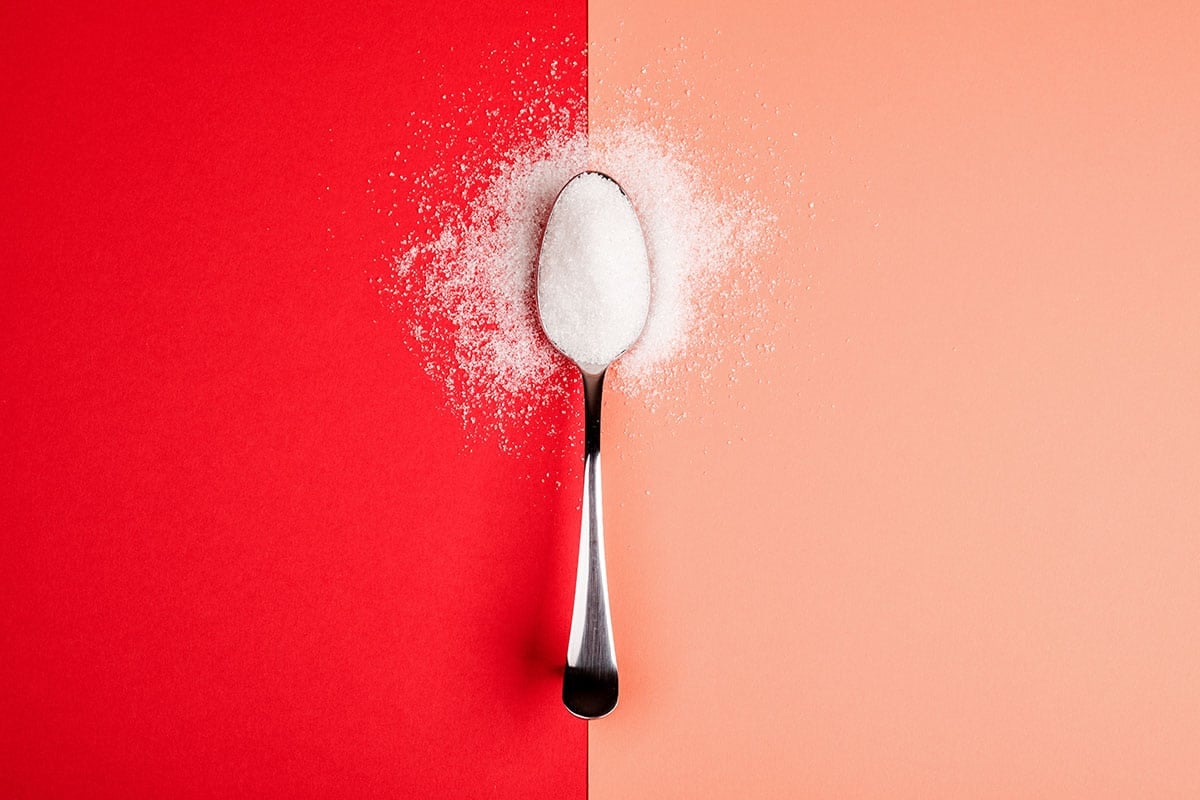
Most people get their opinion on these products from the internet, but if you ask them what site and what studies they never really know. The US Government spends over $7 billion every year funding the FDA to be the watchdog over food, and they appear to be pretty conservative. They have been looking at Sucralose, Stevia, Aspartame, Saccharin, and Xylitol for years.
If this is an area of concern for you, we strongly encourage you to check out the FDA Position and Limits on Artificial Sweeteners. The FDA provides a chart showing the safe limits (measured in packets) of each sweetener for a 132 lbs person. You can extrapolate the safe amount for your weight from there. The FDA also published their position on the WHO’s concerns with Aspartame.
You might also get the position of the National Cancer Institute on Sweeteners or the American Heart Association on Sweeteners. And finally, if you need help getting to sleep at night the National Institute of Health has a lengthy deep dive on the topic.
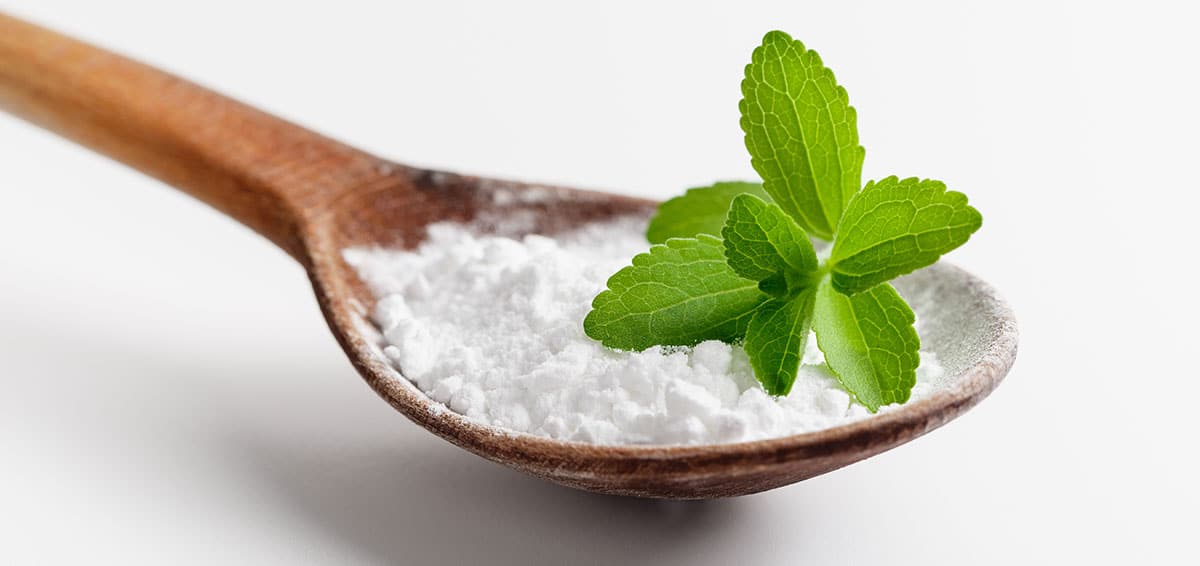
Conclusion
In the battle of stevia vs. sucralose, both sweeteners have their merits.
Stevia’s natural origin and intense sweetness make it an attractive option for those seeking a plant-based alternative to sugar. However, its taste, particularly the presence of a slight aftertaste in some formulations, can be a drawback for certain individuals.
Sucralose, with its sugar-like taste and exceptional sweetness, has become a go-to choice for many food and beverage manufacturers looking to reduce calories and sugar content without compromising on flavor. Nonetheless, being an artificial sweetener, some people may prefer the natural aspect of stevia.
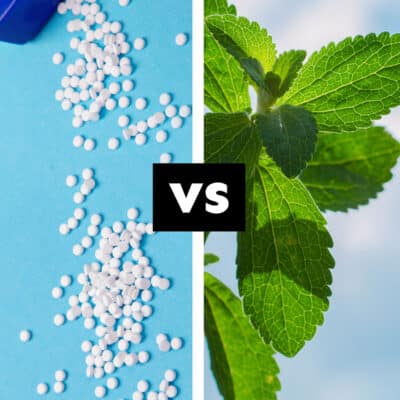
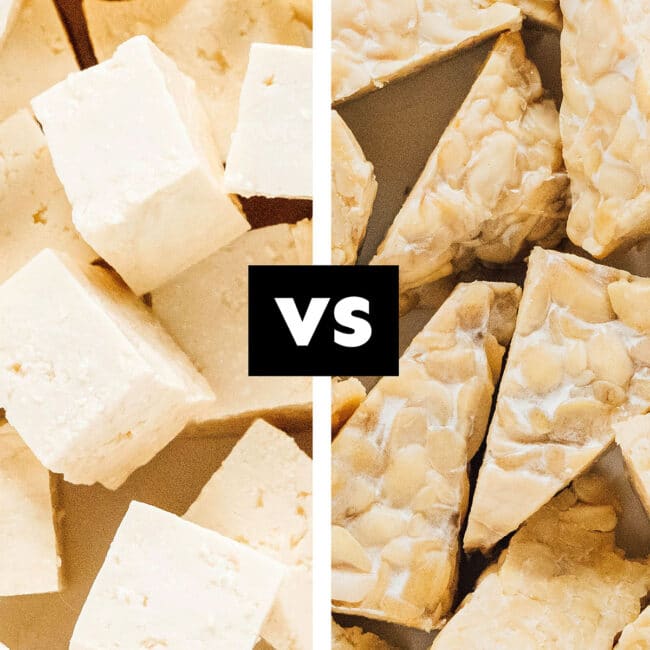
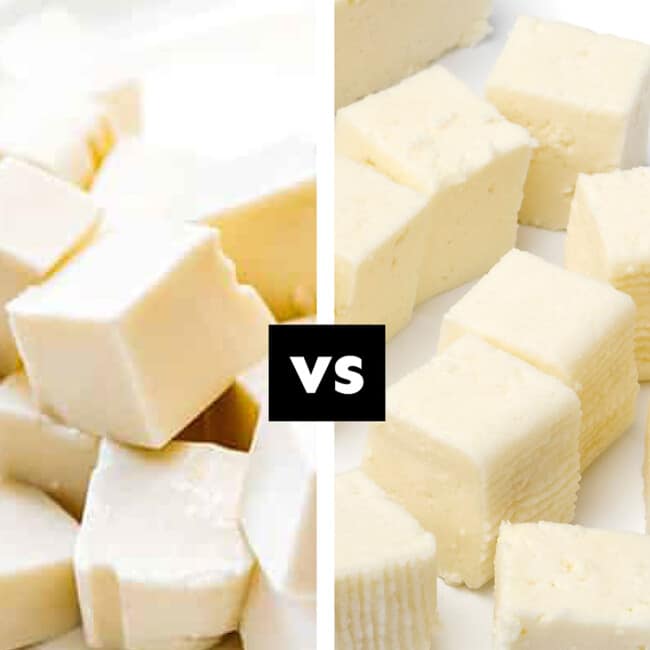
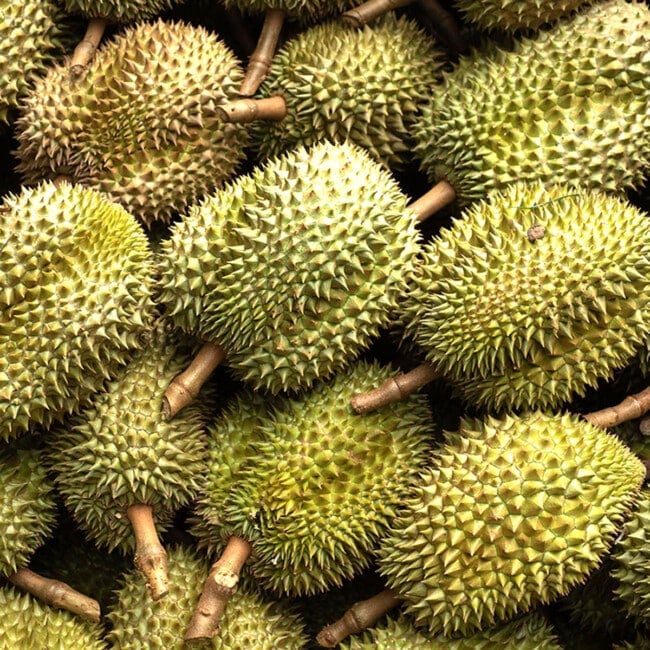
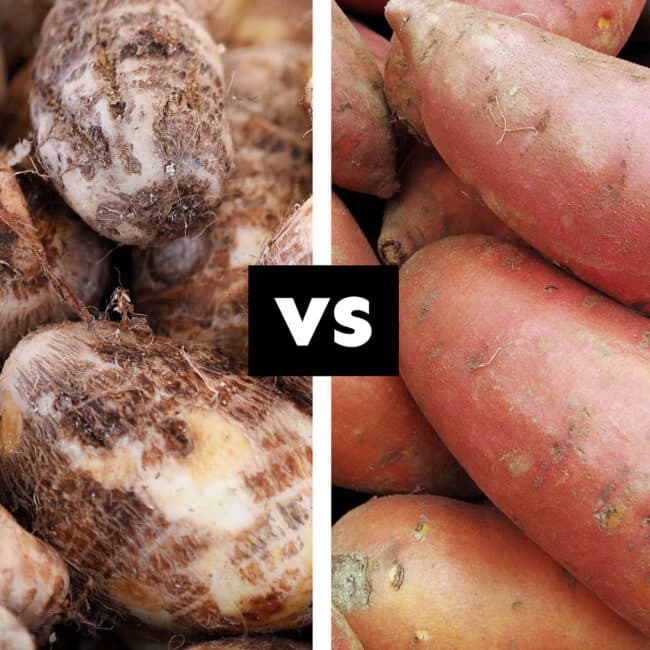
Leave a Comment